Battery energy storage systems, or BESS for short, are a relatively new development in Ireland and, if built on your farm, it could be one of the most profitable lease agreements going, while requiring very little land.
BESS projects collect energy from renewable sources, such as wind and solar panels, or from the electricity grid, storing it in large battery storage units.
These batteries release the energy back to the grid when needed – for instance, during peak demands, helping to balance supply and demand, and improve grid stability.
BESS developments are smart, and while they don’t solve problems with congested or weak electricity grids in an area, they do allow for better management of how the grid works; potentially unlocking new areas for renewable energy developments.
Currently, around 17 BESS are connected to the grid, with many more filtering their way through the planning system around the country.
Over the past number of weeks, the Irish Farmers Journal has been contacted by a number of farmers who have been approached by developers looking to build BESS projects on their land.
Land requirement
BESS developments require relatively modest space in comparison to other projects. When planning to connect to the grid, developers often look for farmland near substations.
Typically, a parcel of just four to five acres could suffice for BESS projects.
Why Ireland?
BESS projects are becoming more common, both as standalone developments and as part of new renewable energy projects.
According to the latest research from Aurora Energy Research, Ireland is in the top three markets for battery storage investment within Europe.
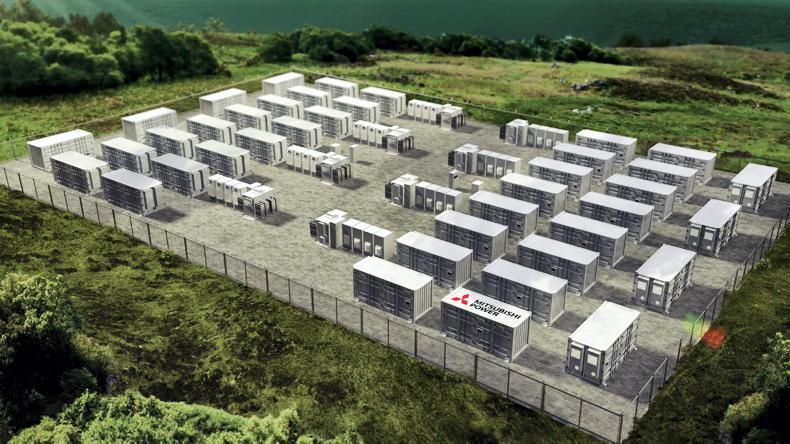
A 3D image of what a large scale BESS looks like. \ Mitsubishi Power
Europe is on track to install at least 95 gigawatts of grid-scale battery energy storage systems by 2050, requiring over €70bn in investment.
One of the main drivers of the need for grid-scale battery storage systems in Ireland is the increasing penetration of renewable energy sources, such as wind and solar, in the grid.
These sources of energy are variable and intermittent, which can create challenges for grid operators in maintaining a stable and reliable electricity supply.
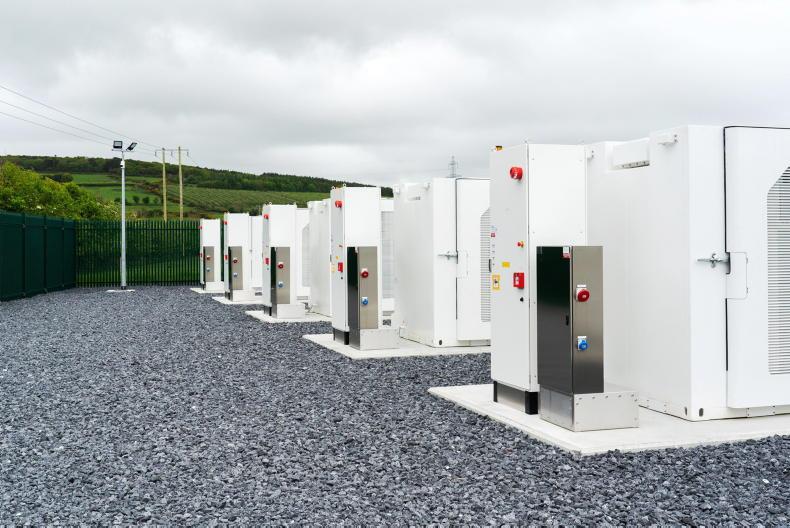
BESS can be standalone projects.
In addition to supporting renewable energy integration, grid-scale battery storage systems can also help to reduce the need for traditional fossil fuel-based peaker plants, which are typically used to meet periods of high electricity demand.
With a target of 80% renewable electricity from intermittent sources on our grid by 2030, Ireland will require a significant amount of energy storage in the years to come.
Projects
Projects are rolling out across the country, stretching from Donegal to Kerry.
Last September, Statkraft announced that it is to build Ireland’s first four-hour grid-scale BESS in Offaly. The 20MW BESS will be co-located with Statkraft’s 55.8MW Cushaling Wind Farm, which is under construction.
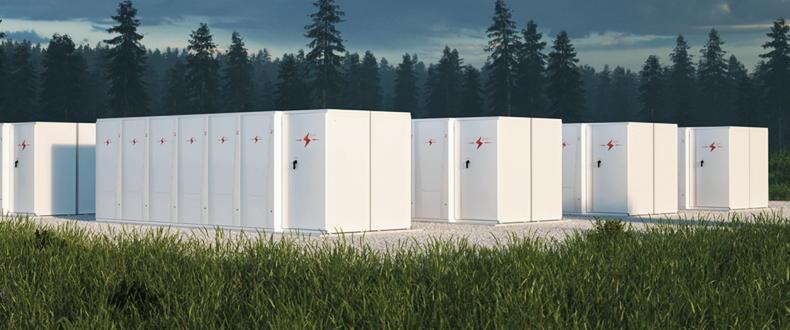
Many BESS projects are set to be rolled out at pace.
Last October, Siemens Energy shared plans to bring a hybrid grid stabilisation and battery storage plant to Ireland. The large-scale battery storage system will have a capacity of around 160MWh.
Last July, Neoen Renewables Ireland Ltd, a French renewable energy company, announced a 149.6MW BESS on an 8.5ac site near Portarlington, Laois.
Just last week, the ESB opened a 75MW/150MWh BESS at the Poolbeg Energy Hub in Dublin. The system is Ireland’s largest so far and is part of its €300m BESS portfolio.
If a renewable energy project, like a solar farm, is being developed on your land with a BESS as part of it, then both developments should be treated separately.
Typically, BESS developments involve leasing land from landowners for upwards of 30 years or more but the lease can be structured in several ways.
The value of your lease is very site-specific but BESS developments only require a small amount of land, 4-5ac.
Large BESS are in development however. Per-acre lease agreements have been made on a number of projects and can range from €20,000 to €25,000 per acre per year.
Other lease agreements opt for a payment per MW of installed storage capacity. Lease values are usually valued at around €1,200 per MW.
If a 4ac site could accommodate a 80MW BESS, the farmer’s lease value would be €24,000 per acre per year for 30 to 40 years.
Another option would be for the land owner to receive a percentage of annual turnover and while less common, there are examples of this in Ireland.
As always, solid legal and taxation advice are a must before signing the dotted line as this is just an example.
Battery energy storage systems, or BESS for short, are a relatively new development in Ireland and, if built on your farm, it could be one of the most profitable lease agreements going, while requiring very little land.
BESS projects collect energy from renewable sources, such as wind and solar panels, or from the electricity grid, storing it in large battery storage units.
These batteries release the energy back to the grid when needed – for instance, during peak demands, helping to balance supply and demand, and improve grid stability.
BESS developments are smart, and while they don’t solve problems with congested or weak electricity grids in an area, they do allow for better management of how the grid works; potentially unlocking new areas for renewable energy developments.
Currently, around 17 BESS are connected to the grid, with many more filtering their way through the planning system around the country.
Over the past number of weeks, the Irish Farmers Journal has been contacted by a number of farmers who have been approached by developers looking to build BESS projects on their land.
Land requirement
BESS developments require relatively modest space in comparison to other projects. When planning to connect to the grid, developers often look for farmland near substations.
Typically, a parcel of just four to five acres could suffice for BESS projects.
Why Ireland?
BESS projects are becoming more common, both as standalone developments and as part of new renewable energy projects.
According to the latest research from Aurora Energy Research, Ireland is in the top three markets for battery storage investment within Europe.

A 3D image of what a large scale BESS looks like. \ Mitsubishi Power
Europe is on track to install at least 95 gigawatts of grid-scale battery energy storage systems by 2050, requiring over €70bn in investment.
One of the main drivers of the need for grid-scale battery storage systems in Ireland is the increasing penetration of renewable energy sources, such as wind and solar, in the grid.
These sources of energy are variable and intermittent, which can create challenges for grid operators in maintaining a stable and reliable electricity supply.

BESS can be standalone projects.
In addition to supporting renewable energy integration, grid-scale battery storage systems can also help to reduce the need for traditional fossil fuel-based peaker plants, which are typically used to meet periods of high electricity demand.
With a target of 80% renewable electricity from intermittent sources on our grid by 2030, Ireland will require a significant amount of energy storage in the years to come.
Projects
Projects are rolling out across the country, stretching from Donegal to Kerry.
Last September, Statkraft announced that it is to build Ireland’s first four-hour grid-scale BESS in Offaly. The 20MW BESS will be co-located with Statkraft’s 55.8MW Cushaling Wind Farm, which is under construction.

Many BESS projects are set to be rolled out at pace.
Last October, Siemens Energy shared plans to bring a hybrid grid stabilisation and battery storage plant to Ireland. The large-scale battery storage system will have a capacity of around 160MWh.
Last July, Neoen Renewables Ireland Ltd, a French renewable energy company, announced a 149.6MW BESS on an 8.5ac site near Portarlington, Laois.
Just last week, the ESB opened a 75MW/150MWh BESS at the Poolbeg Energy Hub in Dublin. The system is Ireland’s largest so far and is part of its €300m BESS portfolio.
If a renewable energy project, like a solar farm, is being developed on your land with a BESS as part of it, then both developments should be treated separately.
Typically, BESS developments involve leasing land from landowners for upwards of 30 years or more but the lease can be structured in several ways.
The value of your lease is very site-specific but BESS developments only require a small amount of land, 4-5ac.
Large BESS are in development however. Per-acre lease agreements have been made on a number of projects and can range from €20,000 to €25,000 per acre per year.
Other lease agreements opt for a payment per MW of installed storage capacity. Lease values are usually valued at around €1,200 per MW.
If a 4ac site could accommodate a 80MW BESS, the farmer’s lease value would be €24,000 per acre per year for 30 to 40 years.
Another option would be for the land owner to receive a percentage of annual turnover and while less common, there are examples of this in Ireland.
As always, solid legal and taxation advice are a must before signing the dotted line as this is just an example.








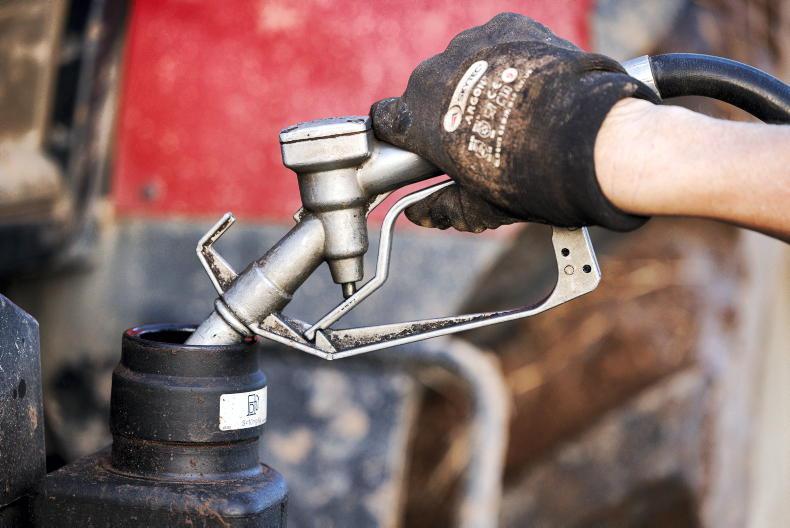

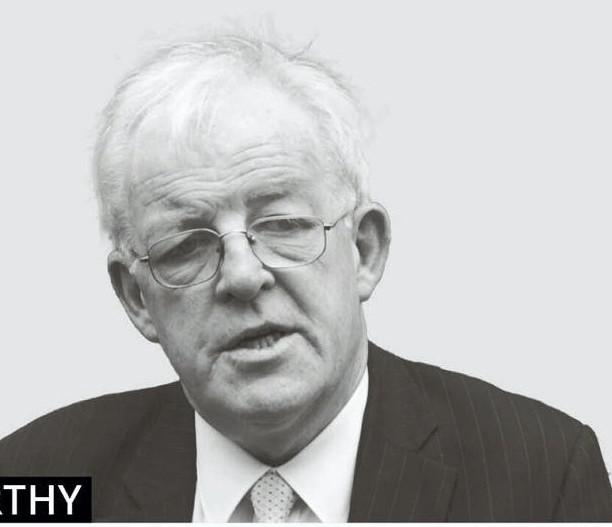
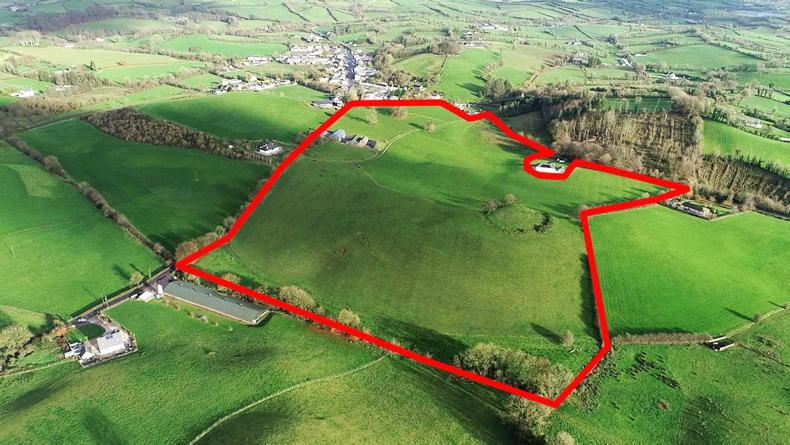
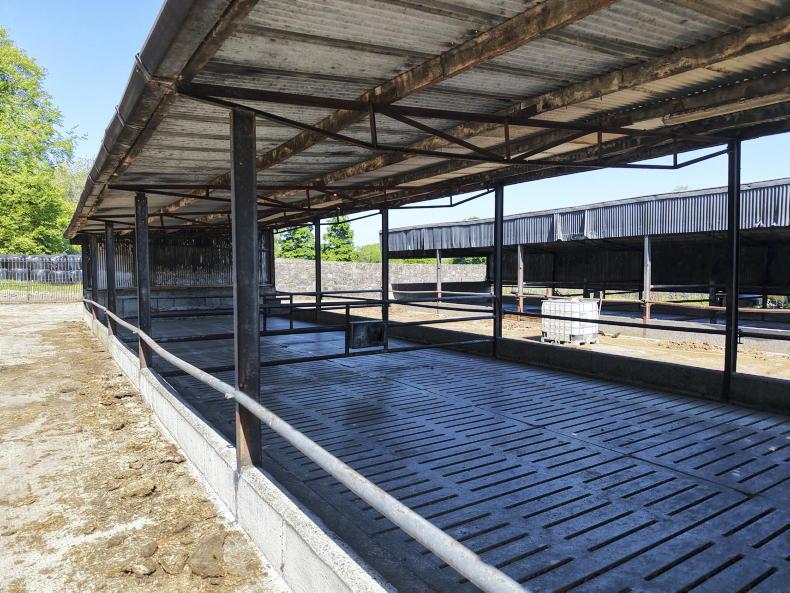
SHARING OPTIONS